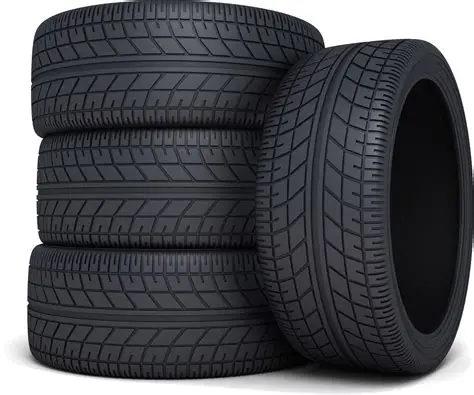RWS Thirsk Garage Tyres

Booking & Enquiries
When should I replace my tyres?
Tread Depth
A new tyre depth is around 7mm and the legal limit is 1.6mm. This is for the full circumference on the tyre.
Most tyres will have thread wear indicators which are hard raised bars at the bottom of each groove. This will indicate the legal limit have been reached but be careful as uneven tyre wear is a common problem.
Damage
A blister, bulge or split resulting from immediate impact can cause catastrophic damage as a tyre at high speed with damage on could blow. Damage could be hard to spot but stay aware and alert for any changes in your tyres. Check valves as this will affect pressures if faulty.
Puncture
Its in the name, a thorn, a screw, a sharp object, resulting in the tyre becoming deflated. Some punctures can be repaired but driving on a flat tyre can ruin the outer wall causing the tyre to be useless. Unless… you have run -flats on. Run-flats are a self-supporting tyre making them less susceptible to blow outs due to their re-in forced sidewalls that hold the tyre up after damage or loss of pressure. Unlike normal tyres run flats cannot be repaired.
Age
If a tyre is over 10 years old it will massively increase a chance of a blow out, puncture etc. This is a universal system for tyres. The 10 is from manufacture date, not the date of fitting. Check with manufacture as some tyres will vary.
How ling will my tyres last?
Different tyres will have different life spans for example doing 10,000 miles on a soft tyre compares to a harder tyre will result in more wear. The type of compound (Hardness) of your tyre depend on yourself and the type of vehicle you have. Usually according to Michelin an average tyre should last 25,000 miles or to be replaced (If you do not drive 25,000 miles) in 10 years. We would recommend tyres to have an annual inspection if they are over 5 years old.
Tyre Pressures.
It is essential to have your tyre at the specific pressure because an underinflated or over inflated can increase wear and tear and affect the handling of your car.
Tyre pressure can vary from vehicle to vehicle and can be found in different areas of the vehicle. The owner’s manual, fuel filler cap, inside the passenger/ driver’s door.
Tyre Pressure is measured in ‘BAR’ and ‘PSI’ so for your weekly checks make sure the correct one is used. Make sure your pressures are all similar, rears may be higher than the fronts.

